There are photographers who like to look at graphs and pictures, and many who just like to see pictures (I don’t think there are any photographers who just like to look at graphs). If you’re one of those people who just wants the pictures, the last post was probably unsatisfying to you. Read on.
I went with my favorite subject for noise testing, my bookcase.
I put the 55mm Zony f/1.8 on the camera, mounted the camera to the RRS L-bracket, the bracket to a Linhof ball head, the head to a Gitzo GT3541XLS tripod, aimed the canera at the bookcase, manually focused wide open, set the f-stop to f/5.6, the shutter to 1/13 second, the ISO to 3200, the self-timer to 2 seconds, and banged off an exposure which showed a nice ETTRish histogram. Varying nothing but the ISO setting, I made five more exposures at ISO 1600, 800, 400, 200, and 100.
I developed the images in Lightroom 5.3 with settings to taste and noise reduction turned off. Then I set the Exposure control on the ISO 100 image to an extra +5, the Exposure control on the ISO 200 image to an extra +4, the Exposure control on the ISO 400 image to an extra +3, the Exposure control on the ISO 800 image to an extra +2, the Exposure control on the ISO 1600 image to an extra +1, and didn’t adjust the Exposure of the ISO 3200 image.
Here are the results:
ISO 3200:
ISO 1600:
ISO 800:
ISO 400:
ISO 200:
ISO 100:
Here are some crops so you can see the noise, enlarged 200% using nearest neighbor:
ISO 3200:
ISO 1600:
ISO 800:
ISO 400:
ISO 200:
ISO 100:
The noise may be a little grittier on the SIO 100 (pushed 5 stops!) image, but not much. ISOless indeed!
As usual, if anyone want to see the Photoshop stack, please let me know.
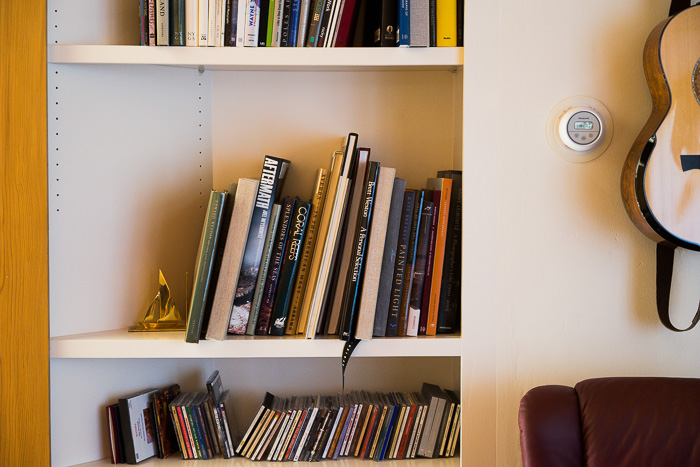
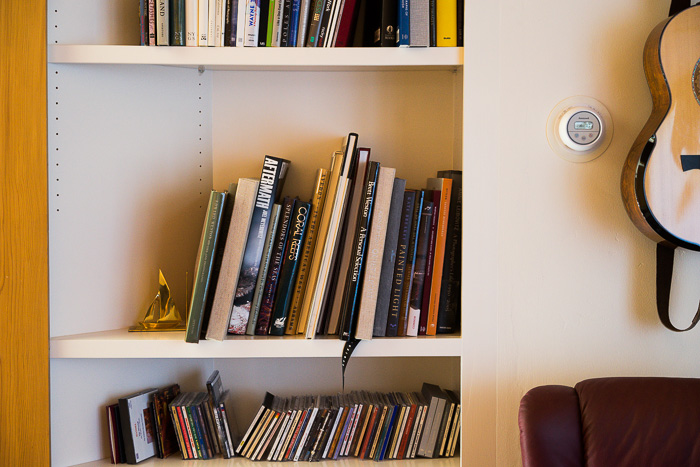
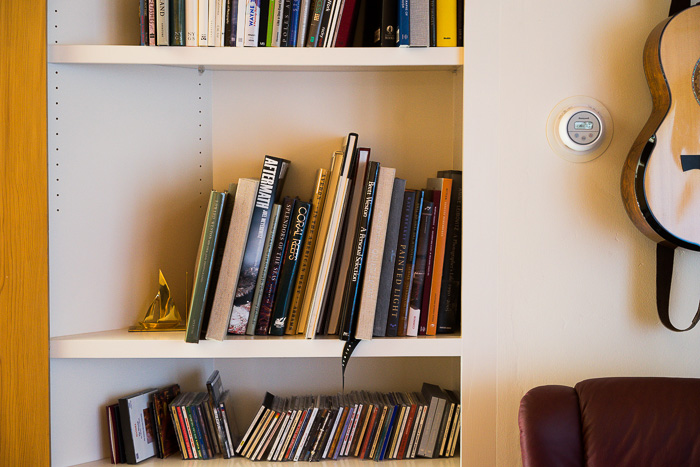
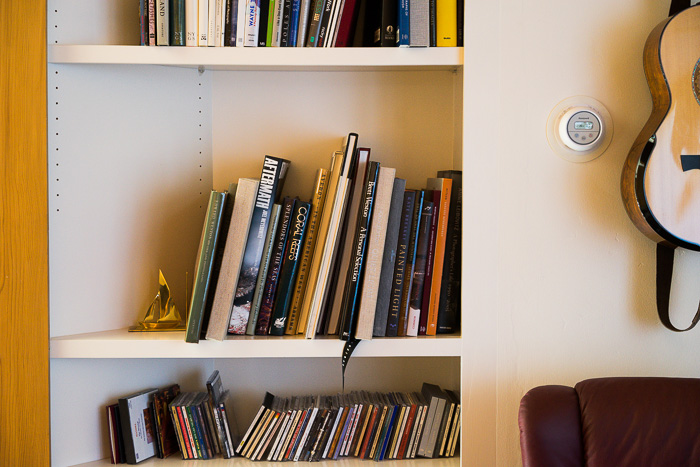
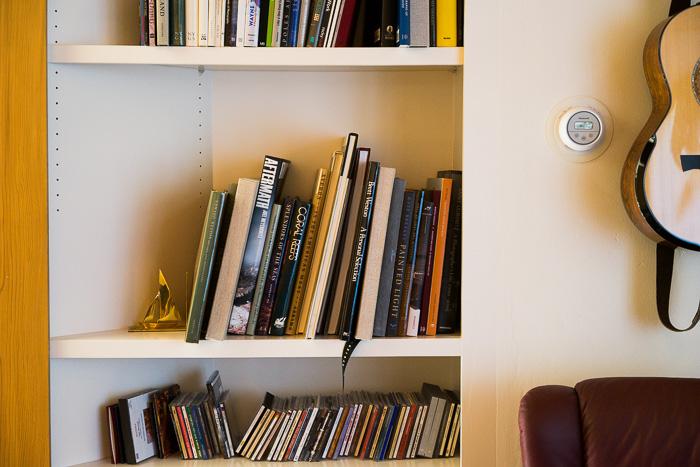
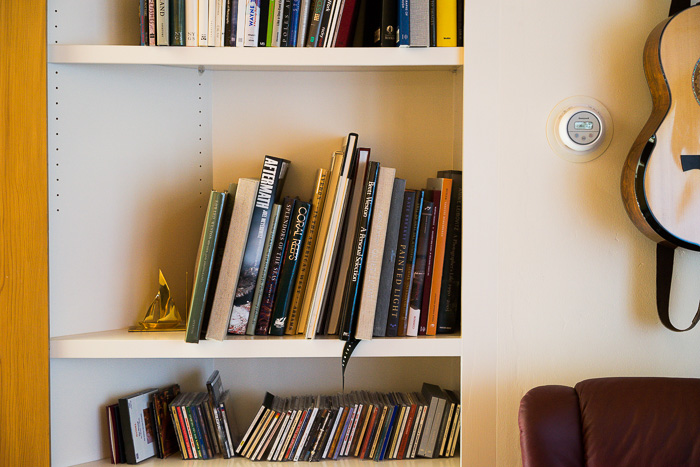
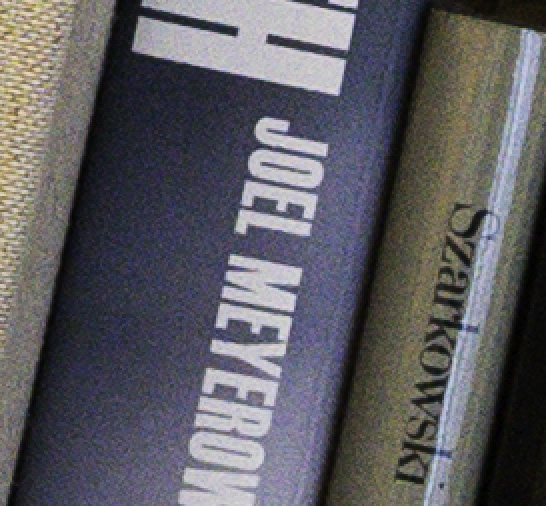
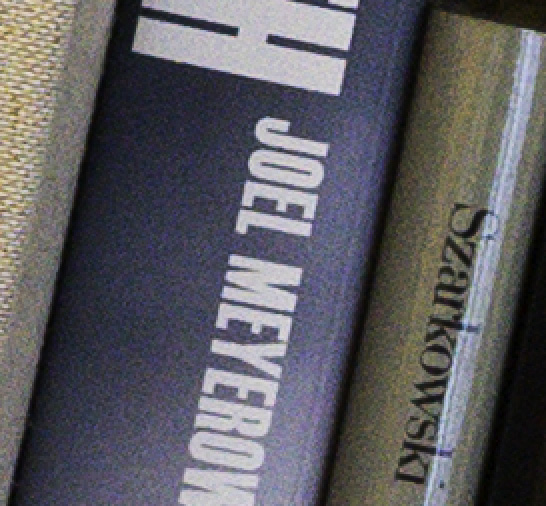




Leave a Reply